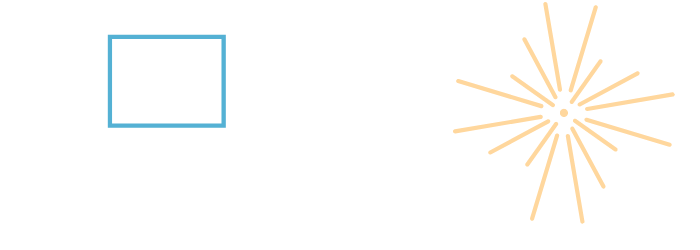Related articles
Secondary antibodies resources
Alexa Fluor secondary antibodies
Biotinylated secondary antibodies
Enhancing Detection of Low-Abundance Proteins
9 tips for detecting phosphorylation events using a Western Blot
Western Blotting with Tissue Lysates
Immunohistochemistry introduction
Immunohistochemistry and Immunocytochemistry
Immunohistochemistry troubleshooter
Chromogenic and Fluorescent detection
Preparing paraffin-embedded and frozen samples for Immunohistochemistry

Flow Cytometry - Multicolour Panels
How to build Multicolour Panels?
What is signal resolution?
When analysing several parameters at the same time, there are multiple things to keep in mind. Having the right controls, optimal sample preparation and proper procedure is only the beginning.
You should know that the more fluorophores you add, the bigger the chance one of them to interfere with another is. If a fluorophore influences another one, this can result in unwanted fluorescence and lower resolution. But what exactly is resolution?
This is the ability of a combination of fluorophores and an instrument to distinguish positive from negative populations. To get this parameter to be as optimal as possible, there are a few things you can do.
To start with, you should always calibrate the instrument you are using. Using a fluorophore, that your instrument is not configured for, simply doesn’t work. Knowing how to set up the lasers, optics and filters of your cytometer is a must because all the cytometers are different.
What is fluorophore separation?
When you are preparing multicolour panels, separating the fluorophore excitation across your lasers and the emission among the detectors is best. This way, you can minimize the spillover and reduce the compensation, that you inevitably have to do.
But this practice has its limits. When the number of fluorophores gets too high, you need to include another technique.
Why is antigen density important?
Usually, matching bright fluorophores with low expressed markers and vice versa is advisable. You need to carefully choose your fluorophores, so the resolution of the cell populations is high. But this technique has its flaws.
For example, if you use a bright fluorophore and have an abundant antigen, more spillover will be created in the nearby channels, and it can mask the true signal in those channels.
Why do fluorophores have different properties?
Considering the different properties and applications of fluorophores is important. Cross-laser excitation is especially important because some fluorophores can be excited by both 405 and 640 nm lasers.
Furthermore, relative brightness and spread are also important. A rule of thumb is that brighter fluorophores spread more, and this is the case at longer wavelengths. Also, when using tandem dyes, you should be more careful to avoid breakdown.
Why should I consider antibody titration?
When excess antibody binds at low affinity, the resolution will go down. You need to determine the right amount of antibody needed, to ensure no clouding or false negatives interfere with your results.
A straightforward way to check which concentration is the best is by using the stain index. This index is the ratio of separation between the negative and positive populations, divided by twice the SD of the negative population.
